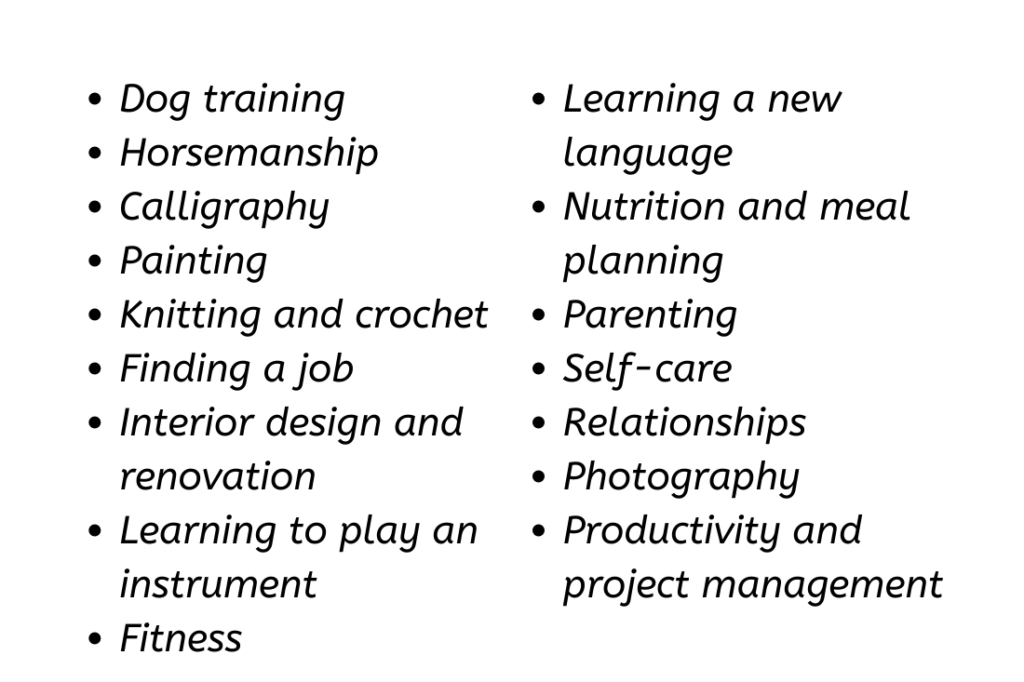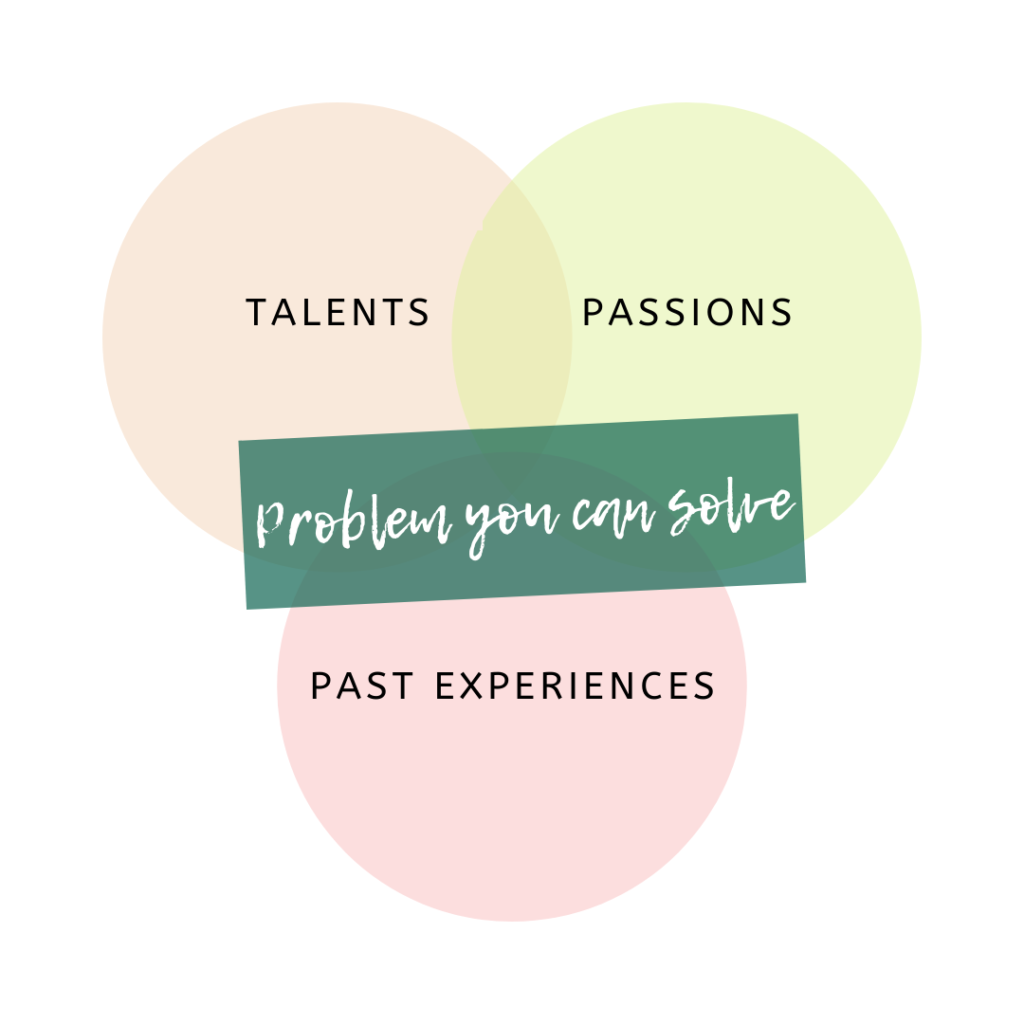I walked up to the gate at the airport and my heart sank when I saw the line of people in front of the “flight cancelled” sign. I was ending a long trip that began with my youngest child clinging to me like Velcro, begging me not to leave again. When it was finally my turn to talk to the agent, she informed me it would be two or three days before they could get me out of Minnesota because of the snowstorm.
I felt the full-on breakdown coming before I started to cry. My daughter had a school play the next day and the idea of missing it broke my soul.
I literally begged. I offered to drive to another airport through the blizzard. I was willing to pay for another flight on another airline. I would do anything.
Maybe that frazzled agent took pity on me because she had once had a breakdown in an airport or maybe she thought she was never getting rid of me. Either way, she worked some kind of miracle and got me on another flight. As I sat in the school gym watching my daughter dance on stage dressed as a Dalmatian, I vowed, I am not doing this anymore.
Like most entrepreneurs, I started my consulting business because I wanted freedom and impact. Flying around to big brands to help them design training programs for thousands of their employees was making an impact. The problem was that as my business grew, I had less and less freedom.
I was living in “have to” mode because I was the only product I had to sell. That’s when it hit me. I would create an online course to replace my consulting work.
Over the following weeks, I threw myself into creating my course. I announced the opening on social media with a deadline to register. The night before the registration deadline, I went to sleep feeling pretty good. I had signed up a small group of students I was excited to work with. I felt optimistic that I could grow my enrollments over time and eventually replace the income from traveling.
The next morning I sat in my favorite chair with my cup of coffee and opened up my phone to see if any more email notifications of enrollment sales had come through overnight. I scrolled through my inbox and there they were. Enrollment after enrollment, filling my inbox.
I could not believe it. I started counting and realized I had just generated nearly six figures of income in 16 days.
I cried again, this time from the realization that everything had just changed for me and my family.
In the first year, I went from having just an idea to generating over six figures per month in revenue with that one online course. And since that first launch, I have taught thousands of people how to create their own courses sharing what they know about all kinds of topics.
I’ve watched people just like you generate millions in revenue and change their lives from one online course while helping thousands of people.
Why Is Creating an Online Course a Good Idea?
Maybe you have been thinking about creating an online course to expand your business, or you wonder if this might be the perfect way to create your side hustle. The beauty of an online course is that it enables you to share what you know, help others achieve results, and create a predictable income stream.
There’s never been a better time to teach what you know. Online course sales are booming. The online course industry is poised to grow to $325 billion a year in the next five years. Companies now deliver more training to their employees through online courses than live workshops.
Everyone is learning through online courses. Individuals, solopreneurs, schools, small businesses, big businesses, non-profits and associations are all investing in learning through online courses. The opportunity is enormous.
What Kind of Online Course Topics Are Selling?
It’s easy to think that courses on business building or making money are the only successful topics. Not true. Successful online courses are created on all kinds of subjects.
Here are just a few examples of successful online course topics:

You can begin by thinking about something you have already figured out. Rebecca Branstetter is a school psychologist who was spending every night and weekend working to keep up with writing reports. When we began to work together, she desperately wanted to free up her family time to be with her two daughters. Rebecca figured out a new system for reducing her report writing time. She created her highly successful online course, The Thriving School Psychologist, teaching other school psychologists how to get their weekends back.
Everyone has the potential to create a course. Everyone knows how to do something that someone else wants to know how to do. You don’t have to be a best-selling author or professor to create a successful course. I’ve watched hairdressers, artists, gardeners, parents and beekeepers convert what they know into an online course.
How to Create Your Successful Online Course
Let’s walk through the steps to create your first online course.
Step 1: Identify Your Sweet Spot
As Liam Neeson says in my favorite line of Taken, “…what I do have are a very particular set of skills, skills I have acquired over a very long career.” The best way to come up with your course idea is to think about what you know. You can carve out a “sweet spot” in the market that is an overlap between what you know and the results your potential students want.

Christine Carr is a business coach and client of mine who launched a very successful business accelerator program. At first, Christine thought her skills were so similar to other consultants that she was sure there was no way for her to stand out. When we looked at all her talents, passions and experience, she quickly saw her point of difference. As Christine shared, “You may think your knowledge is similar… but, what’s unique is the way you approach what you do.”
Reflect on your talents, passions and past experiences. How can what you know help someone else solve a problem?
Step 2: Get Specific On Your Audience
Getting clear on who you want to help in your course can help you refine your course topic. Take out a sheet of paper and brainstorm the different people you could help with what you know. This can be as simple as thinking about the requests you get for help from clients, friends, family or even other parents at your kid’s school.
Being specific about your audience can help you build a better online course and find your people online. There are two questions you can reflect on to help you narrow in on the right audience:
First, who wants to achieve a result that you can help them achieve? And secondly, will this audience invest time and money to get that result?
Here are just a few examples of audiences of successful online courses:
- Solopreneurs who want to get business on LinkedIn
- Job seekers who want to land a job without it taking months of online searching
- Horse owners who want to emotionally connect with their horses
- School psychologists who want to stop writing reports
- Interior designers who want to know how to combine colors
- Real estate agents who want to use social media to get more clients
- Artists who want to create their deepest, most authentic work
- Knitters who are ready to create beautiful pieces for their friends and family
- Parents who want to prepare gut-friendly meals for their children
- Couples who want to reinvent their relationship
- Fiction writers who want to finish their book
Begin brainstorming your audience by thinking about who wants to learn what you know how to do so that they can achieve a similar result.
Step 3: Define Your Method
Your students will be attracted to your course because they are experiencing some kind of problem that generates pain points for them. They want to move from this pain to a new possibility—their desired outcome from your course.
The easiest way to think about this is to imagine your clients are “here” and they want to get “there.” In your online course, you simply share a step-by-step method for getting from where they are now to where they want to be.
The problem is that most course creators focus on what they know instead of how they can help achieve a result. Successful courses begin by working backward from what you will help your student do.
Let’s imagine you have a passion for health and want to create an online course about nutrition as a first step to start your business. The mistake most people make is to create a course that sounds like “Everything You Need to Know About Healthy Eating.” This will take forever for you to create and be overwhelming for your students.
Instead, think about how you can narrow your course to focus on a specific result for a specific audience. Your course focus might sound like “The 30-Day Stomach Pain Reset.”
When you get more specific on the result you are helping your students achieve (alleviating stomach pain), you can easily decide on the steps you would guide your students through to achieve that result.
To outline your steps, imagine a friend calls you up and says, “Hey, can I pick your brain? How do you (fill in the blank)?” What would you tell your friend?
Step 4: Create Your Content
Whether your goal is to create a side hustle or to create your first passive income product in your business, let’s keep this simple.
You can teach your students online through a live webinar or a conference call to get started with minimal technical setup. There are simple tools you can use to do this including free options.
It’s likely that your long-term goal is to automate this so that you can teach your content once and then make a recording available to many students over time. You can simplify this by recording yourself walking through how you do what you do using your smartphone.
It is more important to focus on guiding your students toward results than worrying about slick production.
Now Get Started!
Creating your online course is a powerful way to share what you know, make a difference helping others, and live the life you imagine.
It’s easy to think that having years of business experience or lots of resources are required to create a successful online teaching business. Business experience and resources can help, right? But I am here to tell you most people creating successful online courses have neither.
Believing you can help others will help you take action. Waiting for proof that people will love your idea before you put it out into the world is like waiting for your Oscar nomination to arrive before you start filming your movie. That’s not how this works.
You have to put that idea of yours into action and share it with others. Even a tiny first audience of friends or colleagues will help inform you of how you can improve your idea. Your first students will help you make that idea of yours into a blockbuster. Then, the Academy calls and you can race to text your stylist: “Red carpet outfit options needed. Stat.”
To create a successful course, you have to believe you can add value for your students.
As George Michael says, “You gotta have faith.”
Read next: 9 Cool Side Hustles
This article originally appeared in the May/June 2020 issue of SUCCESS magazine.
Photo courtesy of Jeanine Blackwell






